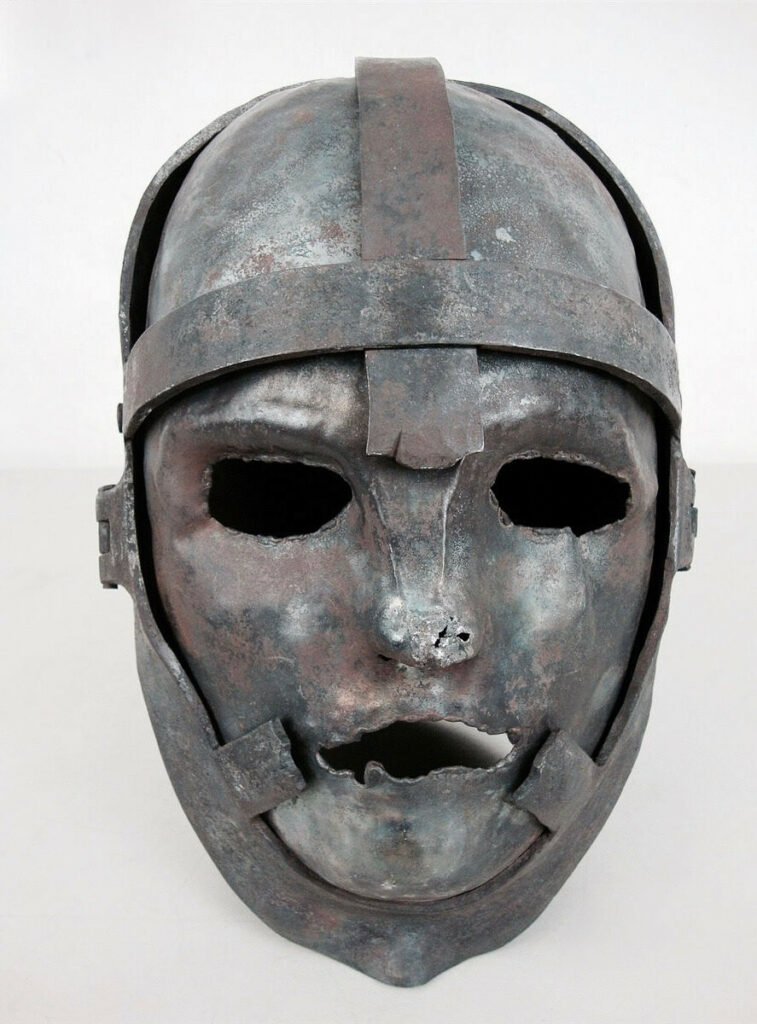The Legend Behind the Mask
For centuries, the story of the Man in the Iron Mask has caught the attention of people all over the world. This mysterious prisoner, known in French as L’Homme au Masque de Fer, has sparked many theories and legends about his true identity and the reasons for his imprisonment.
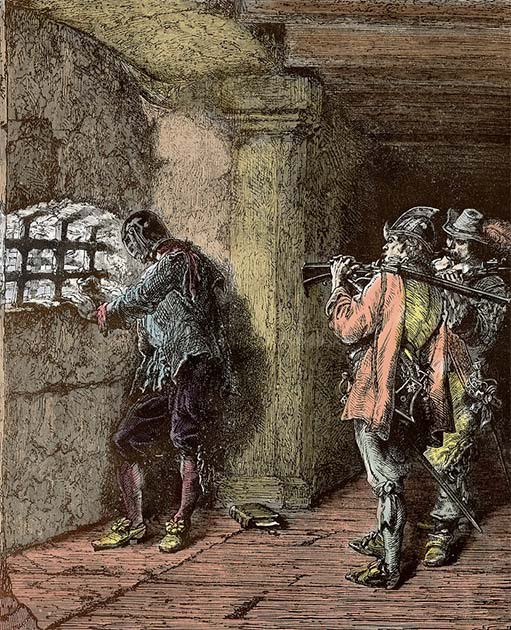
The Historical Records
The first mention of this mysterious figure goes back to 1669. King Louis XIV’s minister, the Marquis de Louvois, wrote a letter to Bénigne Dauvergne de Saint-Mars, who was the governor of Pignerol prison. In this letter, Louvois instructed Saint-Mars to prepare a secure cell for a prisoner named Eustache Dauger, highlighting the need for strict isolation and secrecy.
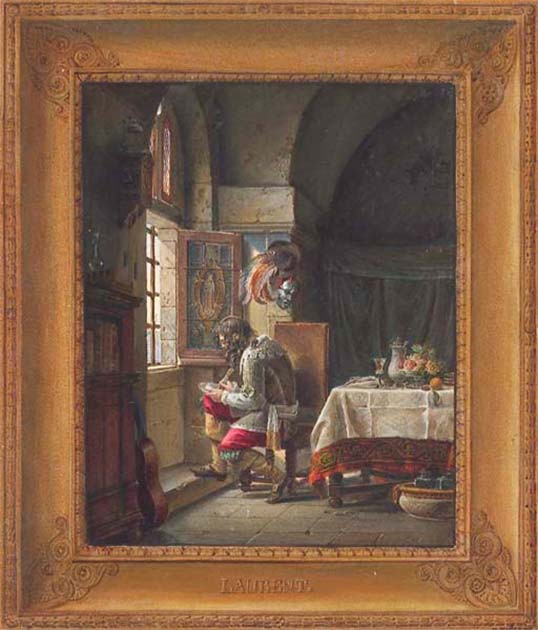
Theories and Speculations
Royal Blood or Common Valet?
Many popular stories suggest that this prisoner was someone of royal blood, possibly even Louis XIV’s twin brother. However, historical records lean towards a more ordinary identity. The most accepted theory is that the Man in the Iron Mask was Eustache Dauger, who likely served as a valet to Nicolas Fouquet, a disgraced former superintendent of finances.
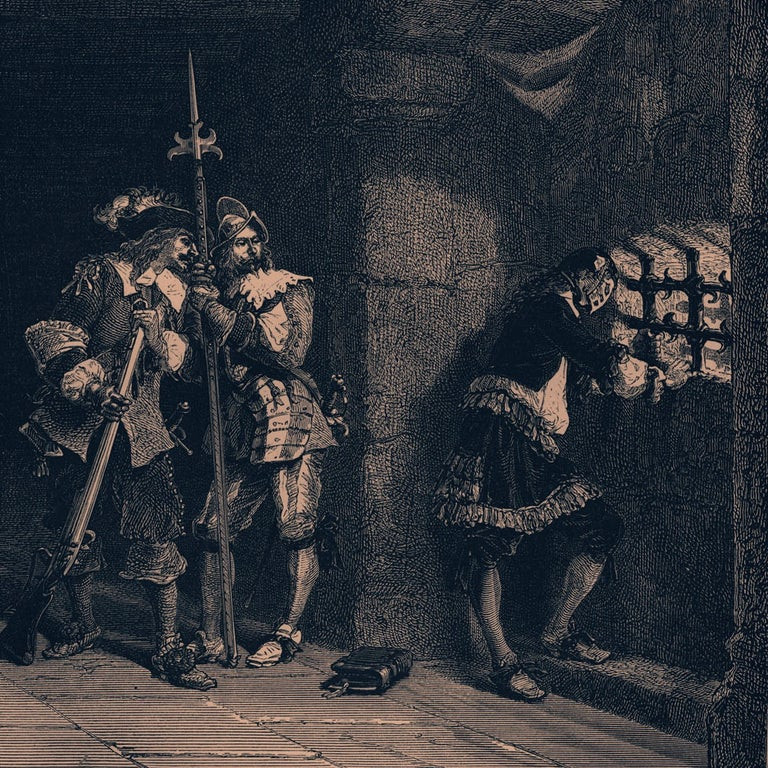
Decoded Letters and Alternative Candidates
In the 1890s, some intriguing coded letters were found, leading to other possible identities for the masked man, such as General Vivien de Bulonde or Count Ercole Antonio Mattioli. Yet, these theories have issues that make them less believable than the idea of Eustache Dauger.

The Final Years
Life in the Bastille
In 1698, the masked prisoner was moved to the notorious Bastille prison in Paris. An officer named Lieutenant du Junca noted that the prisoner wore a black velvet mask instead of an iron one, which is what many legends suggest.
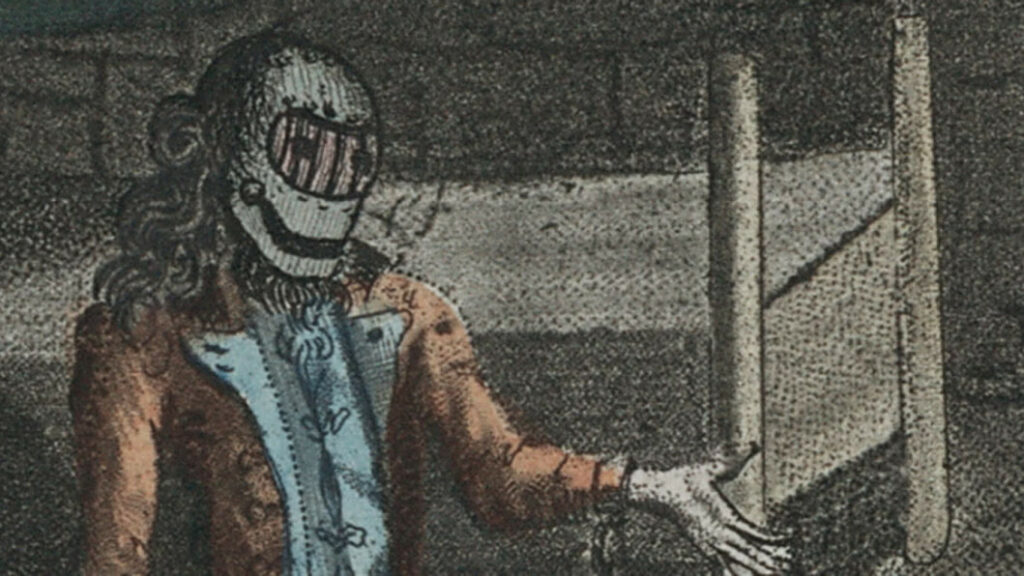
A Mysterious End
The Man in the Iron Mask died on November 19, 1703, and was buried under the name “Marchioly.” In a final act of secrecy, all his possessions were destroyed, and his cell was cleaned and whitewashed thoroughly.
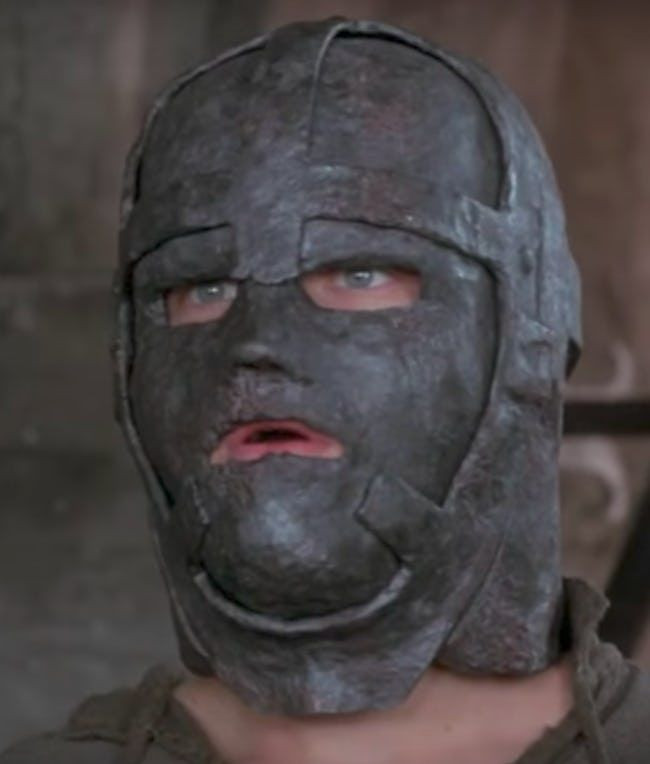
The Enduring Mystery
Though we may never uncover all the details behind the Man in the Iron Mask, his story continues to intrigue both historians and the public. This ordinary man, thrown into extraordinary circumstances, has left a lasting impact on history and inspired countless stories in books and movies.
The tale of the Man in the Iron Mask reminds us of the power of mystery in shaping historical narratives. It blends fact and fiction into a compelling story that has persisted for over three centuries.
